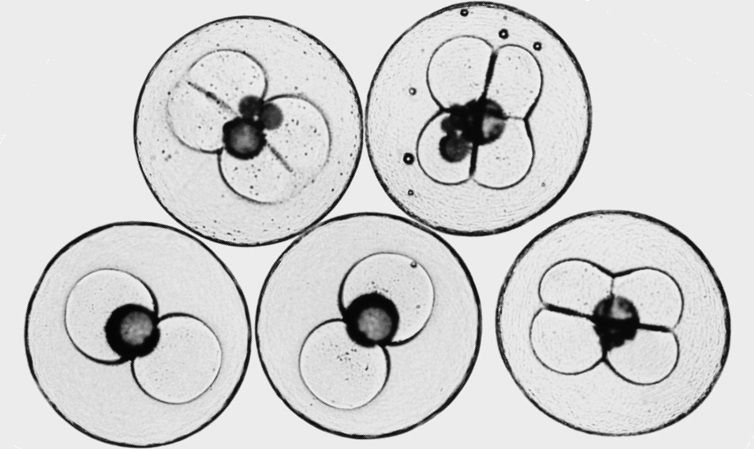A new study outlines multiple ways in which epiblast stem cells can be reprogrammed back into a fully pluripotent state, paving the way for a better understanding of epigenetics.
The role of epigenetics
Epigenetics are why our cells, which all have the same DNA, differ in function. A bone cell has the same genetics as a nerve cell, but its epigenetic switches instruct it to perform the functions of a bone cell and not a nerve cell. Epigenetic alterations, however, are one of the primary hallmarks of aging. As we age, harmful epigenetic switches are activated and beneficial ones are deactivated, causing age-related dysfunction. This may even lead to inflammation, which causes further epigenetic damage, leading to a dangerous feedback loop.









Comments are closed.